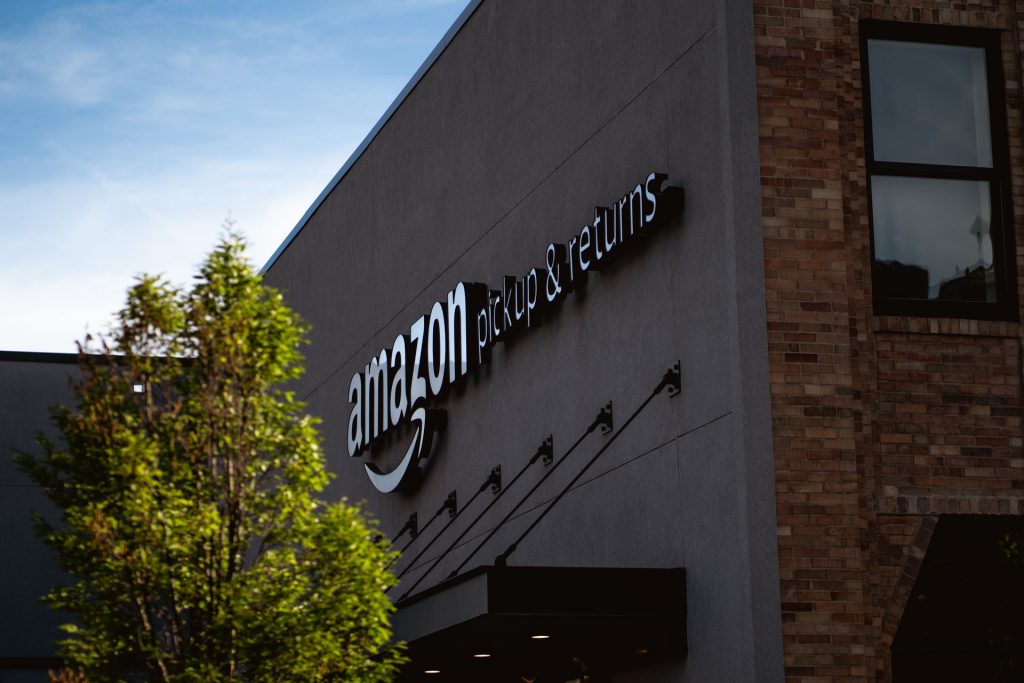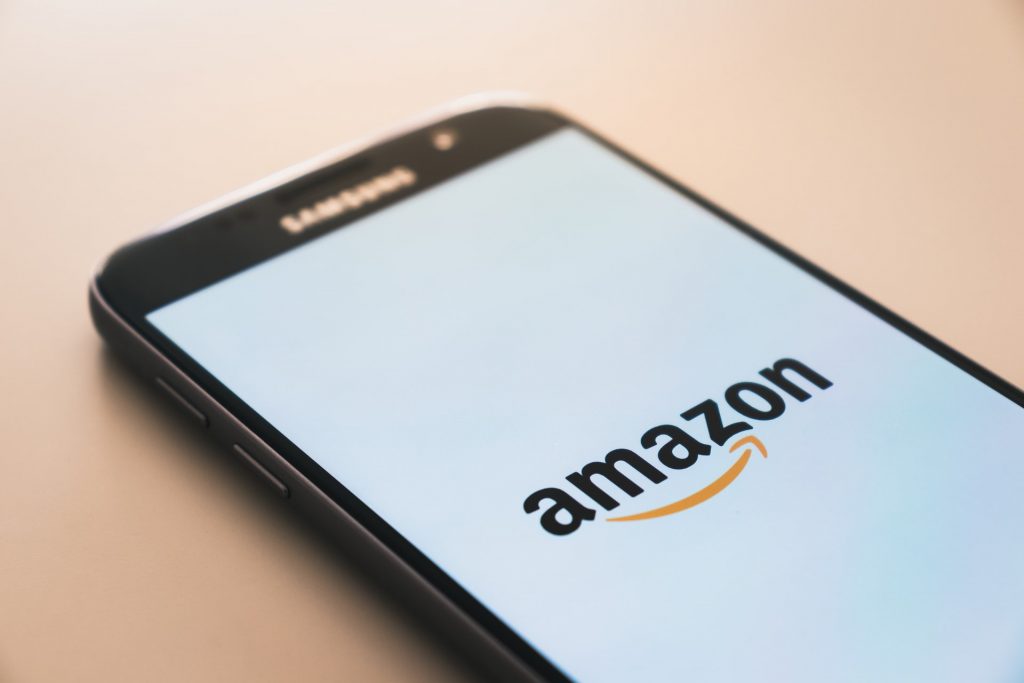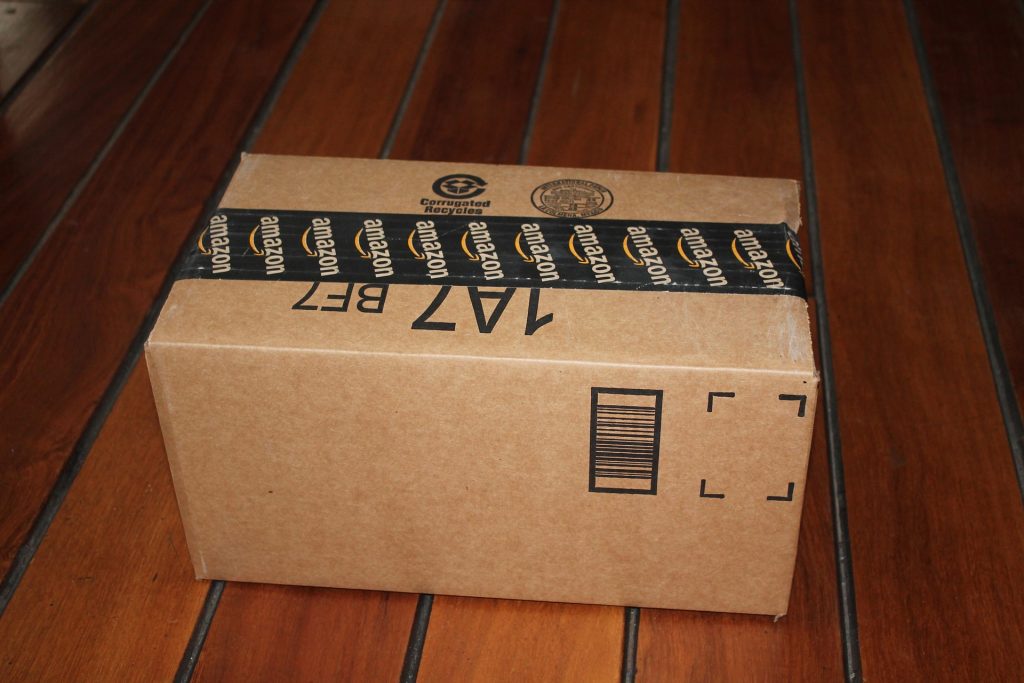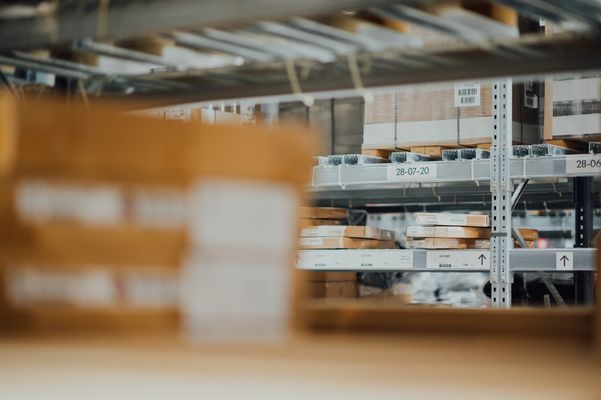Should I Be Using Fulfilled By Amazon?
To everyone else he's Lawrence Wood. Here at Revive he is known as ‘Mr Amazon’ (or sometimes, as leader of the "A" Team, we call him Hannibal Smith). And for any Amazon sellers wondering if you should get involved with Fulfilled By Amazon, below Lawrence helps answer a question we get asked a lot: “Should I be selling through FBA?” His thinking is always top notch... because Lawrence loves it when a plan comes together.
In this article:
-
What is FBA?
-
Understanding Fulfilled By Amazon
-
Those Fulfilled by Amazon Fees (Mine's Bigger Than Yours)
-
So What are the Main Benefits of Using FBA?
-
The Disadvantages
-
Final Thoughts
 Consider these two scenarios:
Consider these two scenarios:
1.You increase the price of a product by a few pounds and actually sell more
or...
2.You increase the price of a product by almost twice the price of your competitors. You sell less, but you make more profit (because the profit vs cost of shipping/packing ratio is better on two higher priced products, than three lower priced ones).
These are both real life examples of successful selling on Amazon through FBA. So, what’s it all about? And how do you make those gains?
What is FBA?
FBA, Fulfilled By Amazon, is the process whereby you send your products to Amazon and they deal with all the logistics of getting that product to the buyer. They do all the heavy lifting on the shipping, the customer service, the returns… everything. In return Amazon charges you a fee for this. There are of course advantages and disadvantages of everything. FBA is no different. First, think about some of these stats:
- In the UK 30% of all sales are on Amazon
- Around 50% of all Amazon’s sales are from third party sellers
- And 66% of the top 10,000 sellers use FBA
So you get to just sit back and watch your products sell? It certainly does happen (but it also depends on how you see Amazon as part of your overall business strategy). By tapping into Fulfilled by Amazon you’re tapping into Amazon’s unbeatable network of shipping, storage and distribution. And you’re tapping into Amazon’s game-changing customer service.
Also read: Should I Be Selling on Amazon? Probably
Understanding Fulfilled By Amazon
It’s worth remembering that Amazon wants to make money. And everything it does is about making a profit. As a seller you have to understand that. In its search rankings Amazon will promote products that sell well or are likely to sell well (making Amazon a profit), and it doesn’t want to have stock on its shelves that isn’t selling. That valuable space could be used to have products that are making it money. The reason for mentioning this is that to be successful with FBA you have to consider it from a financial perspective. You need to view it in terms of making money. It’s perhaps a harsh truth to learn that your beloved brand isn’t a concern for Amazon. It’s all about generating a profit. But knowing this is the key to your success too. So to win at FBA you’ll also need good inventory management.
Those Fulfilled by Amazon Fees
The overall fee you pay is made up of three parts:
- Storage fee - the fee for storing your item on Amazon shelves
- FBA fee - the fee for being part of the Fulfilled by Amazon Program
- Amazon fee - the fee for Amazon ‘referring’ the customer
While this post isn’t about Amazon Prime, it’s a crucial factor in success with FBA. There are something like 130 million Prime members worldwide. These people pay a subscription to get enhanced benefits and will want to use them. If you're using FBA your customers will see the Prime tick on your product. Prime customers often filter for Prime only products. What's more, Prime customers spend more than non-Prime customers and Prime adds confidence to a customer’s buying experience. You could be missing out on a huge audience if that tick's not there.
(Mine's Bigger Than Yours)
Your storage fee depends on where what you're selling fits into the product size tiers and category. But Amazon has a number of guides to give you an idea. The storage fees are charged based on your daily volume of storage in cubic feet and Amazon helpfully let's you work out your fees using its Fulfillment Fee Calculator. The bottom line: do your maths to work out if a product is financially viable. And that will include the cost of shipping the product to Amazon warehouses. (Tip: work it all out based on an individual sku level and remember it’s the packaging size you measure, not the product inside it.) 
So What are the Main Benefits of Using FBA?
These are the main benefits of using FBA: Amazon does all the shipping and the logistics that goes with it By choosing FBA you’re outsourcing the picking, packing and shipping parts of your business. The more sales you make, the more you have to pick, pack and ship. That means storage and staff costs too. Returns Amazon ships it all and then deals with any returns, which can be majorly time consuming. Ok, there is a fee (hey, it’s Amazon and they charge for everything) but as this blog has already stressed, do your maths to understand what works financially. Bad feedback about shipping and delivery? FBA means you get to wipe seller feedback because you’re not responsible. Customer Service Using FBA means you get to be part of Amazon’s game-changing Customer Service rep. It’s all day, every day and your customers are more likely to buy a product when they have faith in how the sale will go. Discounted Shipping Amazon’s delivery network is huge and it archives huge discounted rates from its courier services. Amazon passes these on to you when you send your inventory to their warehouses. What Warehouse? Some of Amazon’s warehouses are more than a million square feet. That means you can get storage for your products without the need for a warehouse. Yes, the need to fly off the shelves or Amazon will start to really charge you, but if you’re managing your inventory properly, that won’t happen, right? If you get high inventory performance scores you can have unlimited space. Delivery Times One of the crucial elements in online selling is how fast can a customer receive their order? Amazon FBA means superfast delivery, a definite vote winner with customers. 
The Disadvantages
As with everything there are some potential drawbacks. Managing them though is a matter of how you see Amazon in the context of your overall business plan. Fulfilled by Amazon Has Fees Amazon is a money machine. It charges for almost everything it does, because it can. But then so does having a warehouse and paying staff to pick your orders. Remember, it’s all about the maths. If it works in your favour then go for it. If it doesn’t then don’t. More Returns Amazon’s super easy returns means more people will try a product without being as committed to it as if they were buying it somewhere else. They test the water more. So you might see an increase in returns. Storage Fees Storage fees only really become an issue if you have products that don’t sell fast. At around the six months mark a slow seller might raise Amazon’s attention and your fees get hiked up. Remember, Amazon warehouses don’t serve as storage facilities, they’re more like holding facilities. If fees become an issue you can always get the product back. Inventory and Products It can sometimes be tricky to keep on top of your inventory using Amazon FBA. And of course there’s the issue of adding the products in the way the Amazon wants. But once you get the hang of how it all works, this should become a much easier task (or of course ask a friendly agency who knows it well to help…) 
Final Thoughts
FBA - you sell it, Amazon sends it. Amazon allows you to get your products in front of an audience of millions. FBA gives you an edge in what can be a highly competitive marketplace. To win, you have to think in terms of money. That means evolving with the inevitable changes in the Amazon landscape, and thinking in terms of profit, loss and cash flow. Perhaps the biggest complaint about FBA is the time it can take to get paid. So, make sure your cash flow is good. Alongside this comes managing your inventory. Your inventory is the key to successful profits with FBA. So if any of this has resonated with you and you want to know more, why not get in touch? Or put another way: ...if you have a product and no-one else can help… maybe you could hire the A-Team.













